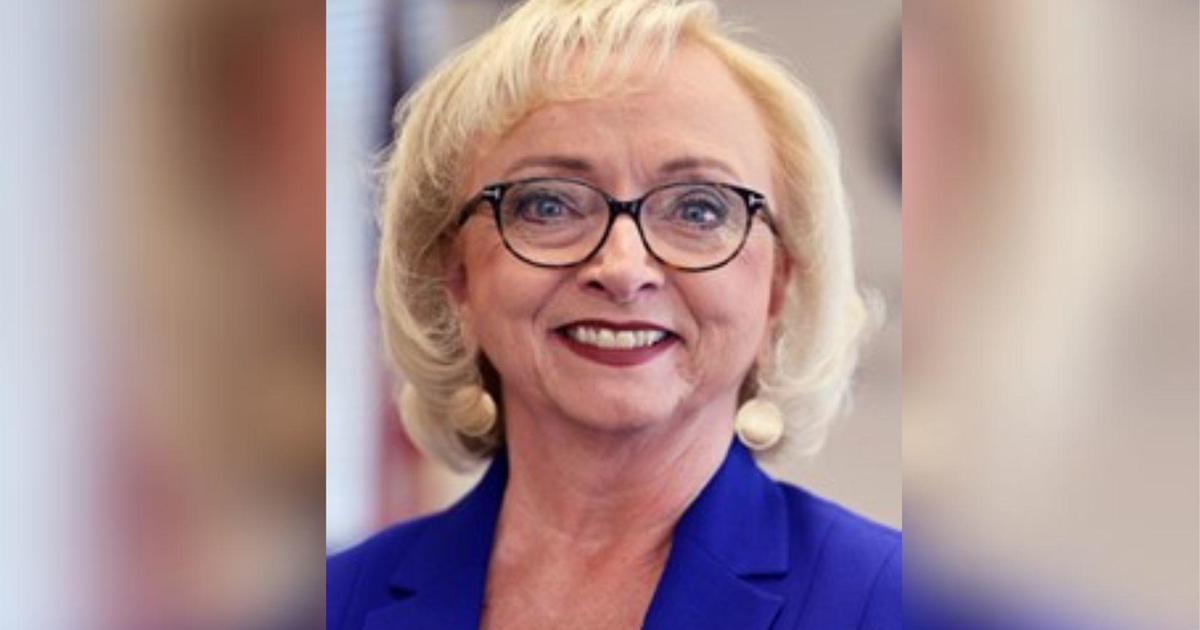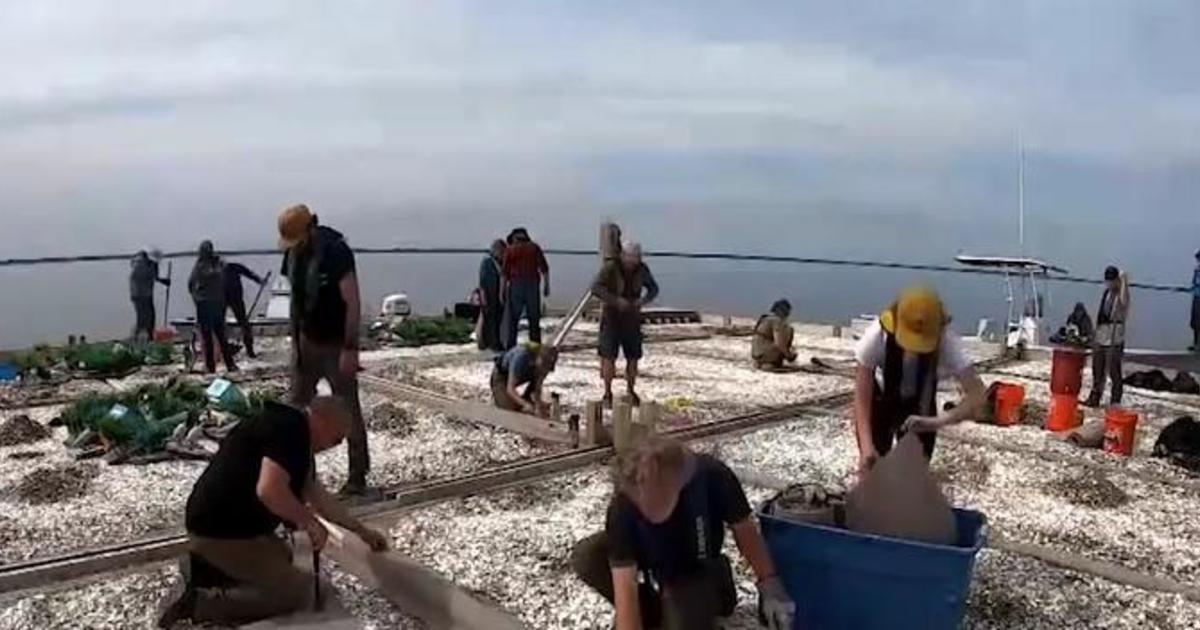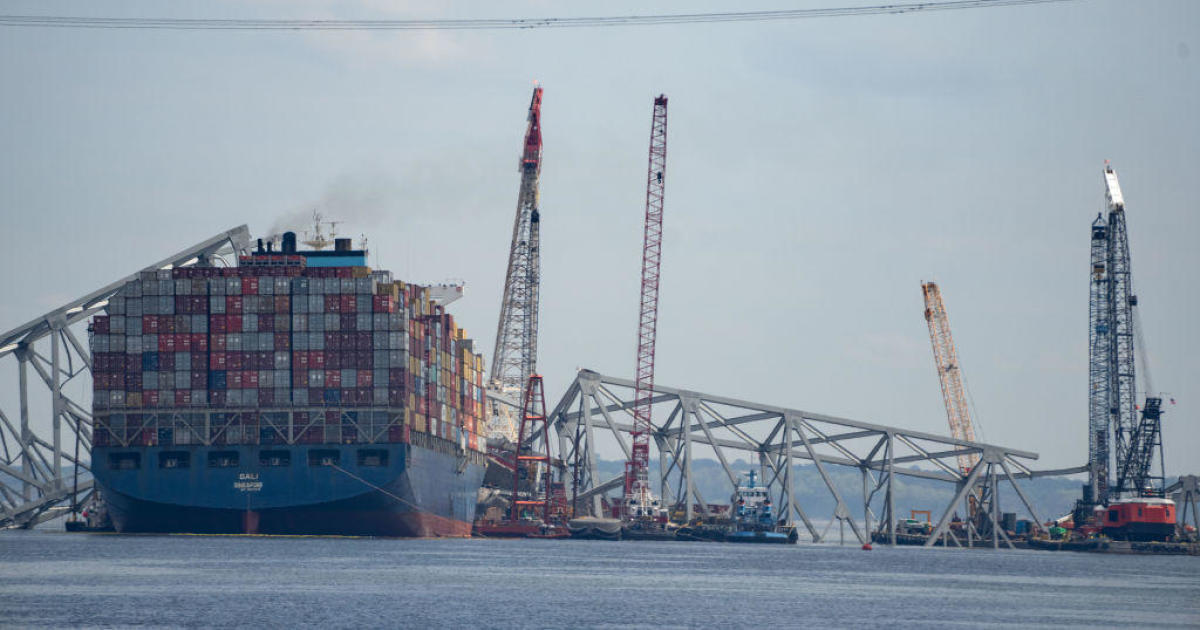After Decades, Cathedral's Organ May Finally Find Its Voice
By MICHAEL E. RUANE
The Washington Post
WASHINGTON (AP) -- Tom Stehle clambered through the trapdoor into the top chamber of the cathedral's massive pipe organ and used his cellphone to call the organist sitting three stories below.
The chamber was crammed with organ pipes that sprouted from the floor like reeds. Some were tiny, the size of a tin whistle. Others were so big they were looped like a tuba and spoke with a rumble.
"Paul, could you show us the swell shades and how they work?" Stehle asked the organist, Paul Hardy.
Down below, Hardy pressed a foot pedal, and a set of black louvers closed off the front of the chamber, muting any sound the pipes might emit.
The magnificent contraption that is the great organ of Washington's Cathedral of St. Matthew the Apostle has been around for 20 years, and it was 11 years in the making before that.
But behind its facade, it is a handicapped instrument. More than one-third of its 6,000 pipes have not been installed. One of its three pipe chambers is empty. And only two of its four keyboards work.
Plus, it runs off a 70-year-old, secondhand blower in the basement.
Now, as the Roman Catholic cathedral approaches its 175th anniversary this fall, its hard-luck, 20-ton French Romantic organ may get its full voice.
"It's going to be the culmination of a dream that's been in the making," Stehle said.
"I've seen what the transformative power of music can be for people who are trying to struggle with belief and despair," he said. "I've seen what music can do, and I've seen what an organ, a real organ" can do.
Thanks largely to Stehle, the director of music ministries, the cathedral has raised almost $1 million in the past seven years to have the organ finished, and upgraded, three decades after it was started.
Even incomplete, the instrument is a 45-foot-tall edifice of oak and metal, pulleys and levers, keyboards and pipes, erected on a frame of girders anchored to the basement floor.
The Virginia contractors who built the organ in 1995 were back on site Monday to see what needs to be done.
The work could be finished by next year. But about $144,000, which Stehle believes can be raised, is still needed.
"It was always intended to be finished," Mark W. Lively, a partner in the organ-building firm of Lively-Fulcher, said at the cathedral Monday. "A whole lot of it is there. There just wasn't the money to take that final step."
"It seems complete," he said. "It does services and everything." But it's like an orchestra with many of the musicians missing.
The domed, red-brick-and-stone cathedral, where President John F. Kennedy's funeral Mass was celebrated in 1963, has been on Rhode Island Avenue at M Street NW since the 1890s. The building was dedicated in 1913. The parish was established in 1840 at 15th and H streets NW.
In the mid-1980s, the cathedral was using an organ that dated to 1951, Stehle said. The cathedral decided on a new one, and in 1984, a well-regarded Texas firm began building it. But the company soon went out of business, Stehle said.
The pieces were shipped to an organ-building company in Hagerstown, Md., Lively recalled. That firm also went out of business, and the parts were placed in storage. Then they were shipped back to Texas, where other experts worked on them, before being returned to the cathedral. At that point, Lively's company took over, he said.
"It was an organ that can be spectacular that almost wasn't a number of times," Lively said.
But the organ project was plagued by money woes, even as it was being completed.
"We put the case up first, in hopes that the case would stimulate fundraising," Lively said. "Very unusual way of building an organ. Not something we'd ever want to repeat, but it worked."
To a degree.
Funding still fell short. And the cathedral decided to install the organ unfinished.
"Nothing would have been done if we had to wait for all the cash that would be necessary," Stehle said. "They had the funds to put in a substantial portion of the instrument that could be effective and would hold together cohesively."
Few people seemed to worry about the flaws. "Everybody loved the instrument, even in its incomplete stage," Stehle said.
And Hardy, the cathedral's organist for 14 years, played it within its limitations.
"There are lots of things ... that I don't bother to play," he said recently at the cathedral. "I can do recitals. You can accompany liturgy, accompany various things without any problem. But in my ear, there's something big that's very missing."
He added: "There's a very small stack of music that I've been waiting to play that I simply can't play," several Bach cantatas, for example, and a suite by French composer Maurice DuruflΘ.
"It's loud and fast," he said. "This organ is just dying to play French organ music."
Soon it may.
When Stehle was hired in 2008, he made finishing the organ a priority.
"When I got here, I realized, `It's doable,"' he said. "When I got here, I was told: `There's not much enthusiasm. Because we've been trying and trying, and we just haven't been able to make a dent."'
"We needed $989,000," he said. "Fifteen years ago, we only needed $600,000. Costs kept going up, and I kept looking at the costs go up, and I said, `The longer we wait.' ... I just knew that enough people liked the music program here to want to just finish it," he said.
One recent morning, when the cathedral was nearly empty, Hardy sat at the organ and played a jaunty "Noel" by the 18th-century French composer Louis-Claude Daquin.
The music seemed to dance out of the pipes, and when Hardy stopped, the notes echoed for a moment in the cavernous building.
(Copyright 2015 by The Associated Press. All Rights Reserved.)



